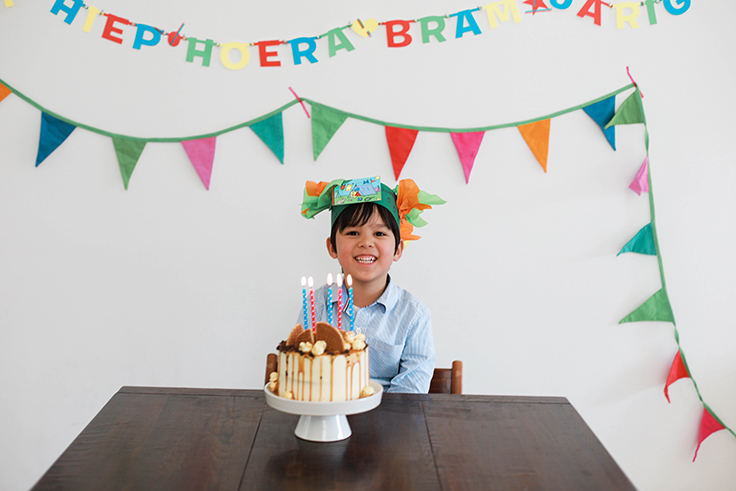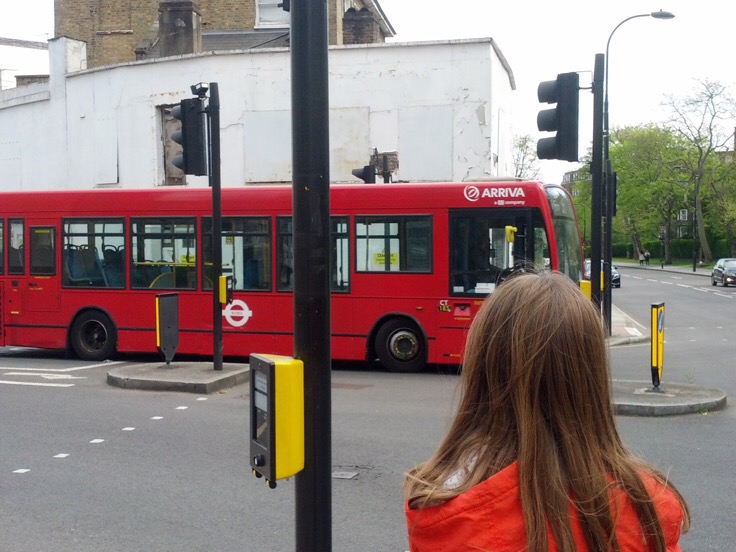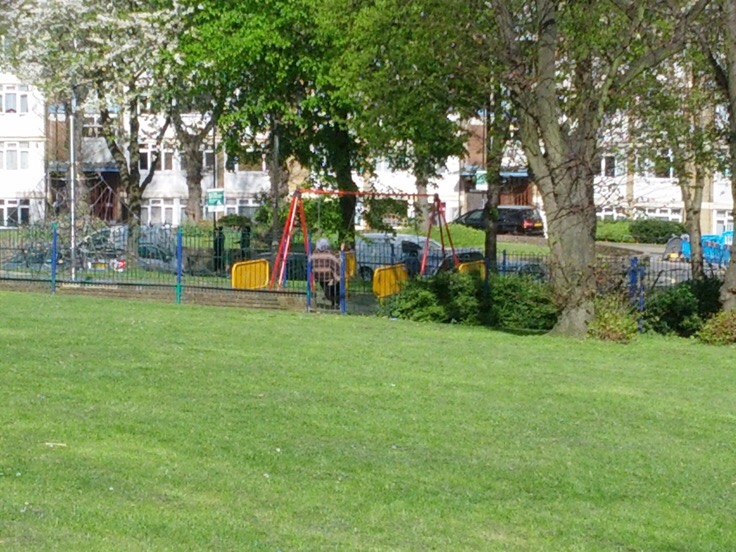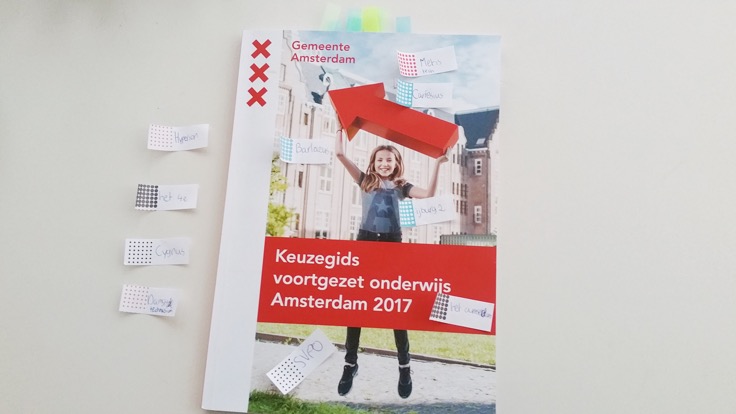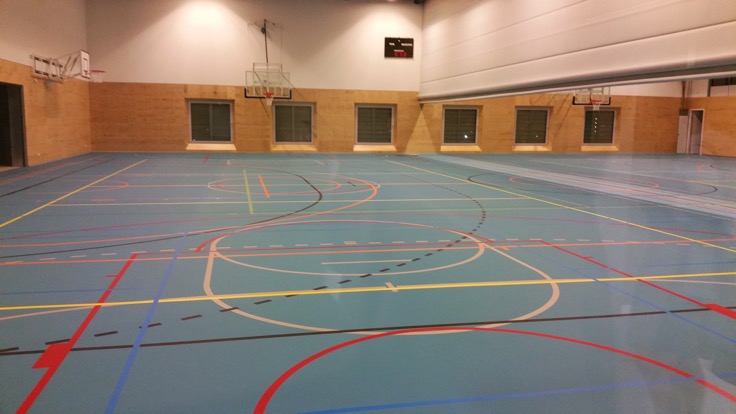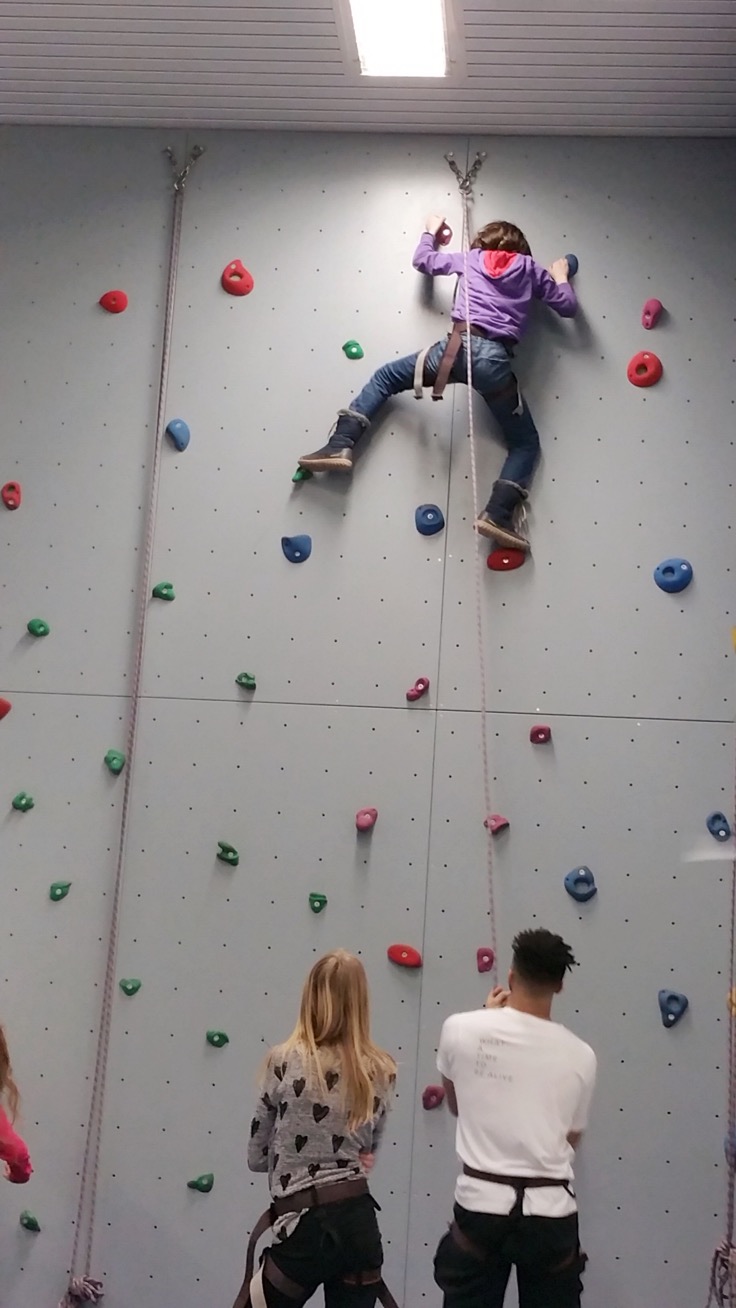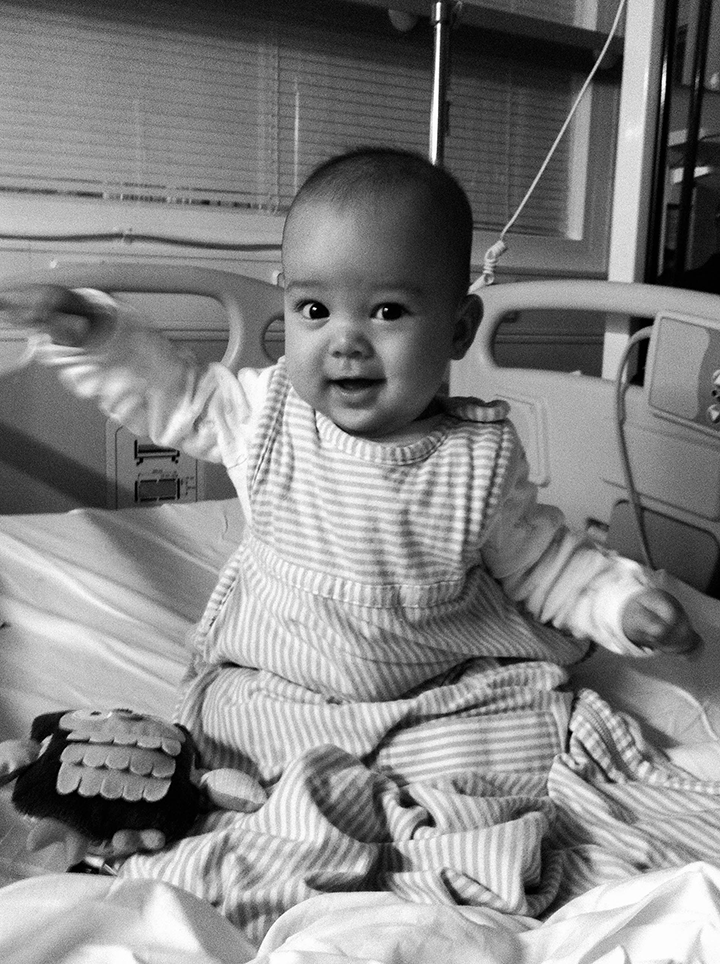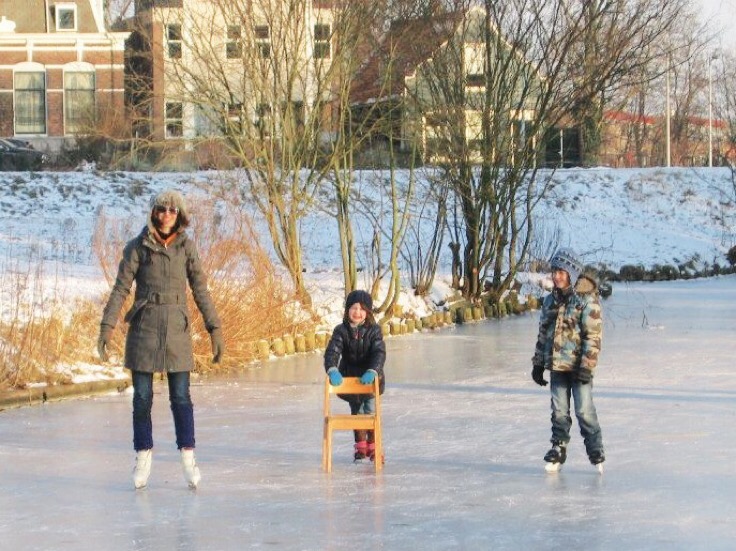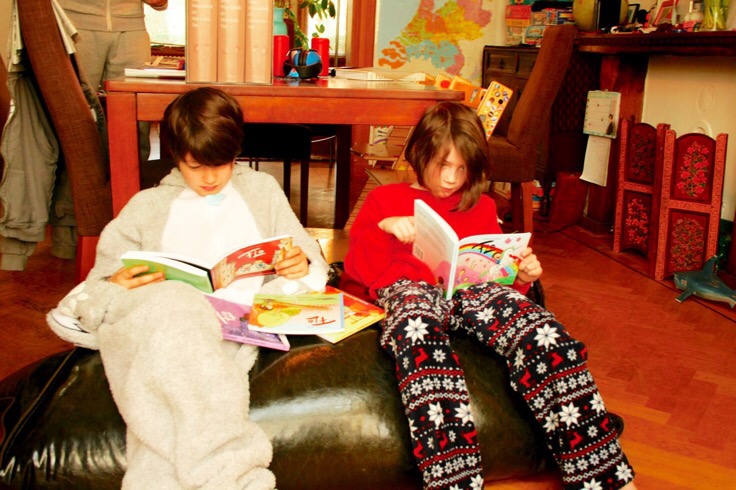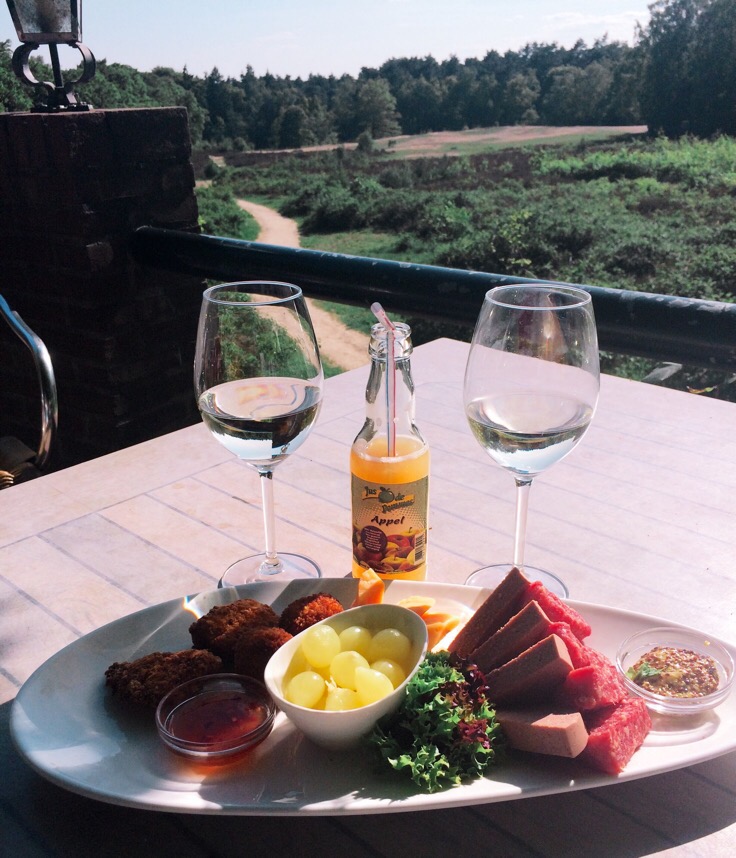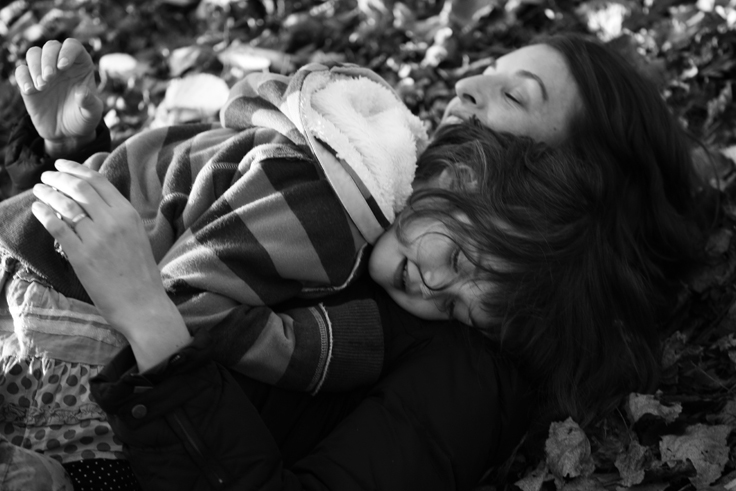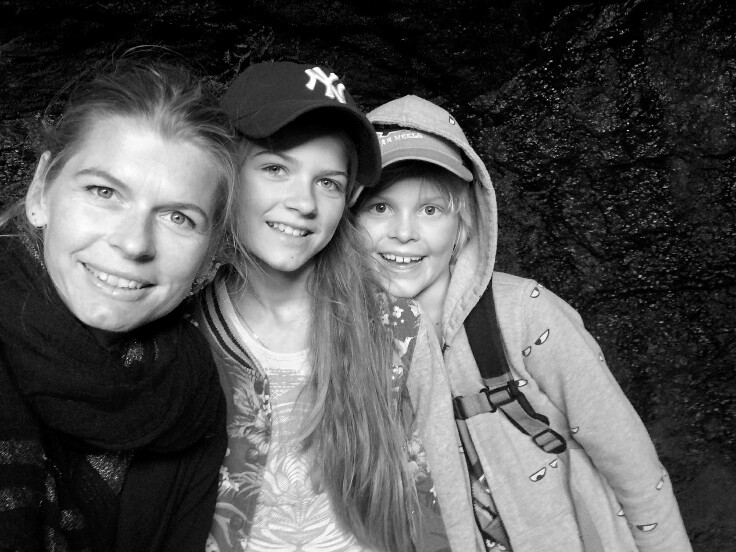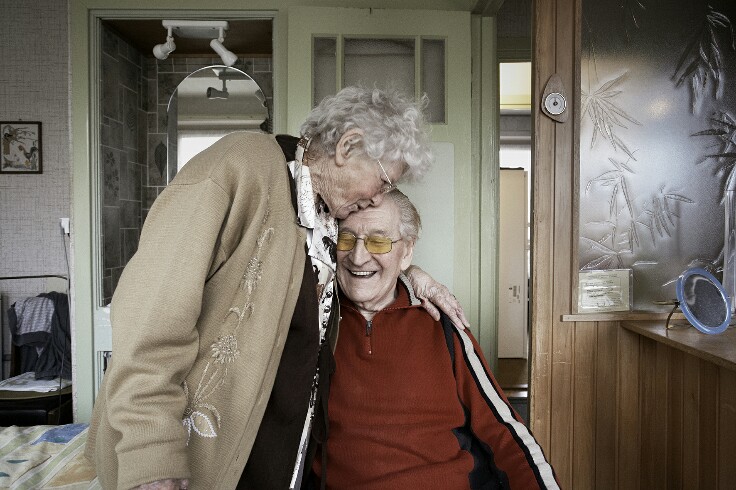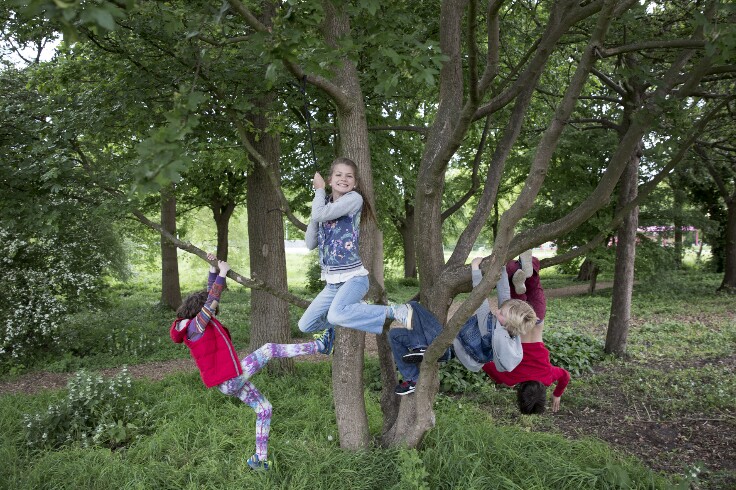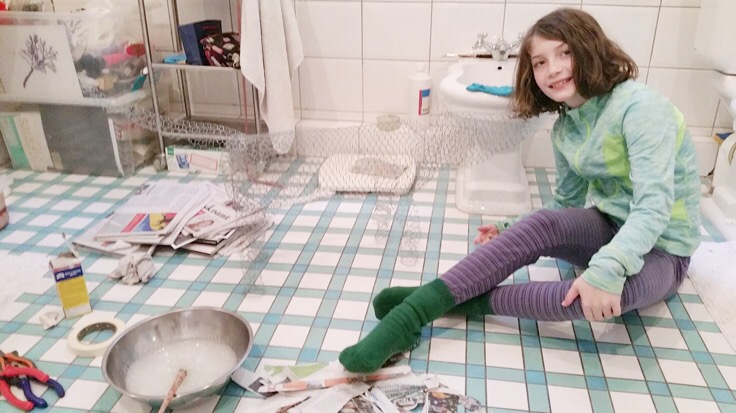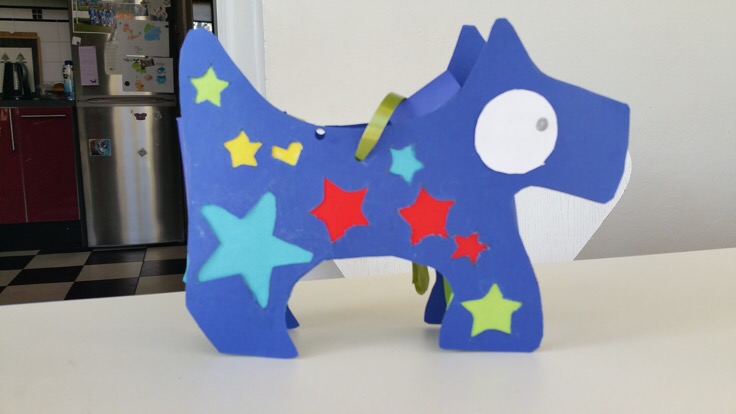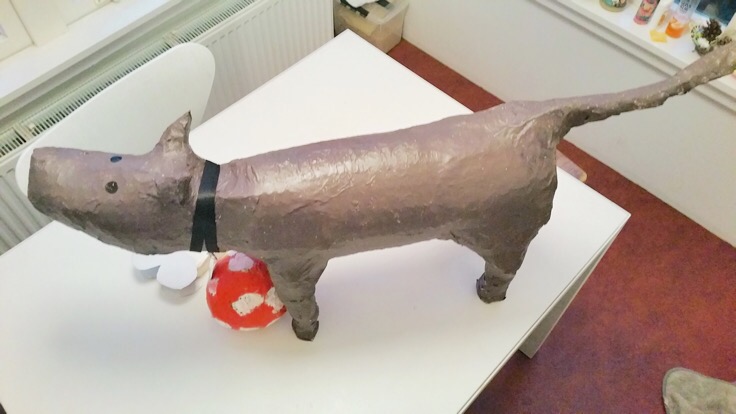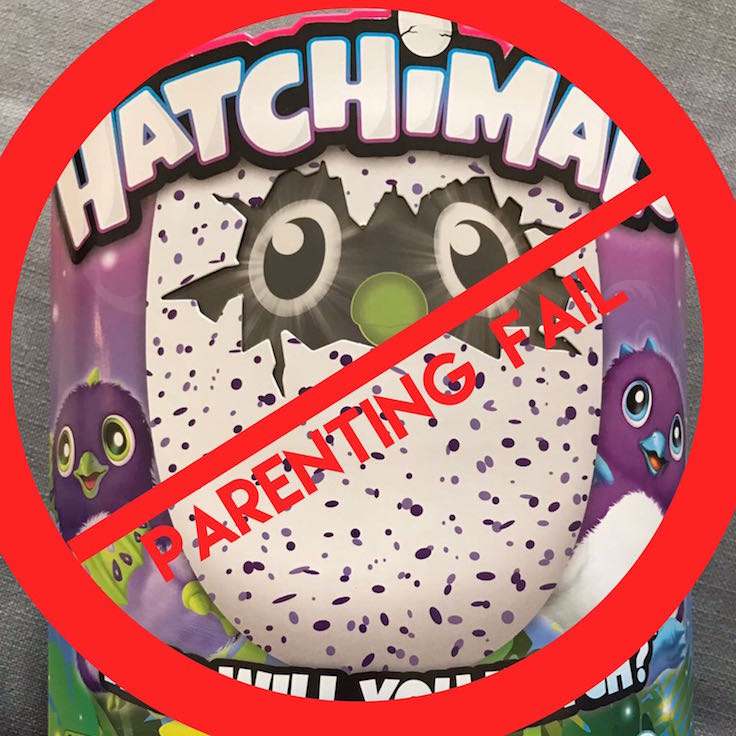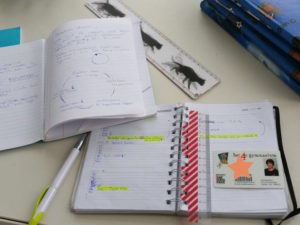Children’s birthday parties carry a lot of emotional baggage for parents across the pond.Where I come from, parents, especially moms, are expected to throw the perfect birthday bash for the special snowflake(s) in their life. This includes intensive planning at least three months ahead, picking a theme, coming up with giveaways, entertainment and spending a fortune. There’s even a market for children’s event designers who go beyond just being party planners because they create custom experiences rather than generic events. This is all based on the premise that we want our precious bundle of joy to feel loved on his special day. And of course, in the air is that unspoken “friendly” mompetition. Whether the pressure is self-imposed, culturally expected, or an unhealthy mix of both, a lot of parents are under pressure to execute the perfect birthday party.
When did children’s birthday parties transform into these elaborate affairs? How did we actually get here? I readily bought into the idea that the more neurotic I was about all the imaginable details of my child’s birthday party, the more I could prove to my child and the world how much I loved him. It simply became second nature to me.
Rather, there’s a lot of anxiety, fear of disappointing their child, and being judged by other parents. No wonder that for many, modern parenting has become all joy and no fun.
So when I discovered that middle-class Dutch parents are still throwing birthday parties reminiscent of the 1970s and 80s, I was intrigued and to be honest, a bit hesitant. A child’s birthday party here still consists of cake, maybe a few snacks, a couple of presents under €15 and the chance for the kids to run around. After my oldest son’s first birthday party extravaganza (a Nijntje theme affair with over hundred people in the Chapel hall of the Utrecht Central Museum, complete with a catered buffet of 12 courses and a dessert bar), I started to have a change of heart. He’s a highly sensitive boy who prefers the more intimate setting of a Dutch birthday party – cozy and in the comfort of his own home. And if I was really honest with myself, the party was more to fulfill my aspirations of becoming a domestic goddess.
Now that I’m a working mom of two, I just don’t have the time and energy to go all out either. Not to forget to mention that most of our disposable income goes towards rent, food, and clothes.
Here are Some Tips on How to Throw a Classic (Dutch) Children’s Birthday Party
Limit the number of guests to the child’s age
It might initially seem a bit heartless not to invite the entire class and all the neighborhood kids, but keeping the number of guests small is guaranteed way of ensuring a down-to-earth, low-key affair. Also, the guests spend no more than ten euros on a gift, so there’s no competition or pressure there.
Limit the number of hours
Two hours of celebrating are more than enough. The idea is not to make it exhausting and overwhelming for the child.
Flag banners for decorations
Either make them yourself with your child or invest in some good quality flag banners that you can use for future parties (and other celebrations). For the Dutch, nothing screams “birthday” like hanging a flag banner.
Procure a cake and don’t forget the birthday candles
Either bake a cake with your child or allocate the cake baking to the local cake expert. A lot of children love baking, and you’re creating memories with them.
Sing Happy Birthday and blow out the candles
This is the anticipated highlight of any children’s birthday party – the Happy Birthday song and blowing out the candles. It’s really that simple. It’s worth mentioning that the Dutch have an affinity for getting into a circle formation whenever they get together. I suspect it’s intentionally done to make sure everyone feels included.
Bonus points
Dutch school teachers traditionally make the children paper birthday crowns. The kids love them because it makes them feel like royalty for the day (as seen in the picture above). You can make it a family tradition too!
The moral of the story is that children’s birthday parties should be something that we all look forward to without anxiety. If you’re one of the perfect moms of the internet and have the privilege of time, energy, and financial resources at your disposal – rock on with your budding Martha Stewart self! I’d love to follow you on Instagram (seriously!). But if you are lacking in some of these areas, or just simply can’t be bothered, keep in mind that low-key birthday parties are how the happiest kids in the world celebrate their special day.
Regardless of how you decide to celebrate your child’s special day, what’s most important is that your child knows that she is loved. A great way is by focusing on the aspects of togetherness, and letting your child know how much they mean to you. The goal is to make it a gezellig atmosphere – an untranslatable Dutch word that embodies the feeling one gets when they feel love, and a special connection with others around them. A simple hug, the words “I love you,” and “Happy Birthday” go a long way. And I’m convinced that’s what children remember the most…

